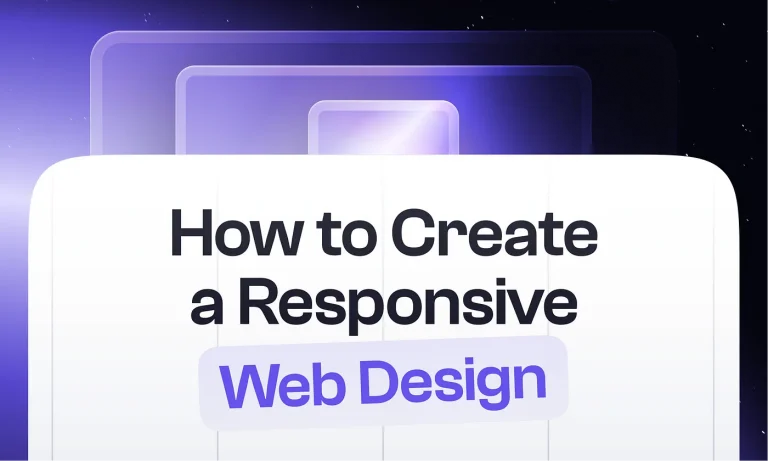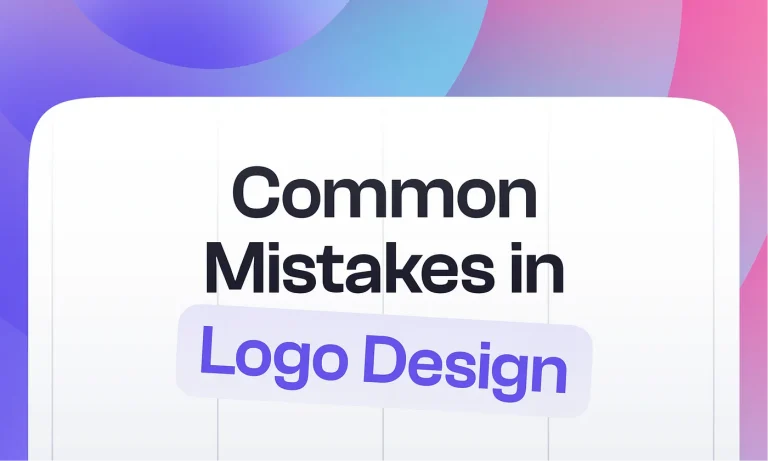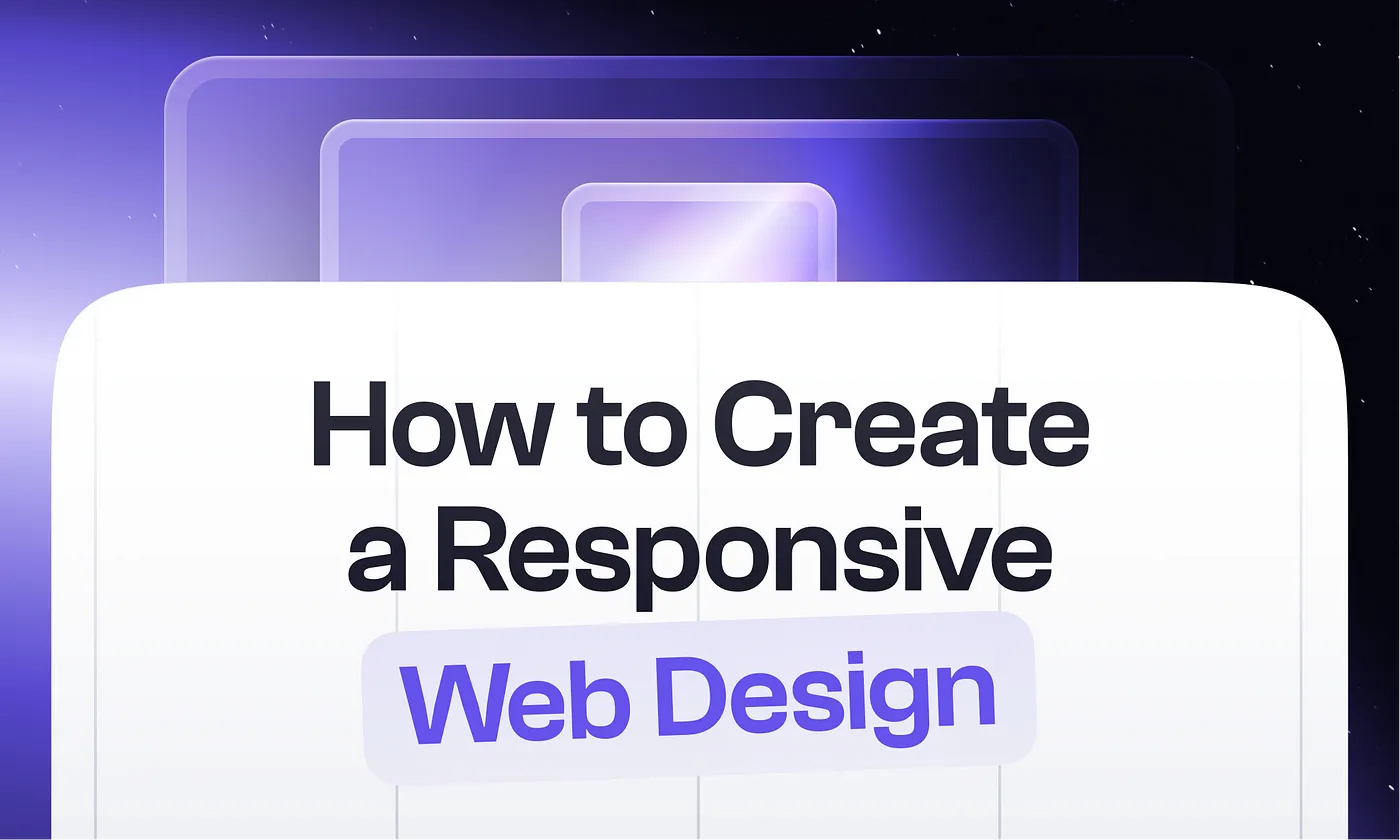In today’s world, where more people than ever before are accessing the internet through various gadgets, it’s crucial to create a responsive web design that works seamlessly on any device, regardless of its screen size, resolution, or orientation.
“Responsive Web Design always plays an important role whenever going to promote your website” – Josh Wilson
Throughout this article, we’ll break down each aspect of responsive web design making and provide you with step-by-step instructions on how to achieve a smooth user experience across devices.
Embrace Fluid Layouts
This concept refers to the use of relative units of measurement, such as percentages or ems, rather than fixed pixels. It allows your website’s layout to adjust to the screen size and resolution of the device being used to view it without losing visual appeal and functionality.

When designing a fluid layout, it’s essential to consider the screen size and orientation, as well as the hierarchy of the elements. The goal is to create a composition that adjusts across all display resolutions while maintaining a consistent and logical structure.
Use Media Queries
That CSS technique allows you to apply different styles to your website depending on the device’s characteristics. It works by setting breakpoints, which are specific screen widths at which the website’s layout changes to accommodate the device’s size. For example, you might set a breakpoint at 768 pixels, which is typical for tablets, to adjust the layout and styles.

Additionally, you can manage how different elements behave. For instance, use larger text for smaller screens, or rearrange the order of content for better usability on mobile and so on.
Optimize Images
Images can significantly impact a website’s load time and overall performance, so that’s an option to make them responsive too. It means they will look great on a high-resolution desktop screen and a small mobile display. You can use the HTML5 picture element or the srcset and sizes attributes.

Another way is compressing. It reduces their file size, which can significantly improve a boot stage. But that’s essential to consider the formats such as JPEG, PNG, and SVG cause they have different strengths and weaknesses that make them suitable for different purposes.
Include Responsive Frameworks
These are pre-built collections of CSS, JavaScript, and HTML code which provide a foundation of design elements like grids, layouts, and user interface components, that can be customized to fit the needs of a specific website.

It eliminates the demand to create everything from scratch. However, it can be challenging a bit to create a truly unique and customized design cause those frameworks usually can add extra code to a website, which can negatively impact load time and overall performance.
Use Scalable Fonts
They can fit different screen sizes without sacrificing legibility or visual appeal. This means that your text will always be clear and easy to read. Scalable fonts are typically achieved through the use of web fonts, which are hosted on remote servers and can be integrated into your website’s design using CSS.
Web fonts allow you to use a wide range of typography in design without worrying whether the font is installed on the user’s device. But don’t forget to be sure about the font’s ability to reflect at small sizes to complement your responsive design.
A simple, streamlined navigation menu is essential for responsive design. Avoid using too many menu items, and focus on clear, concise labels that are easy to understand. The good fit can be a hamburger menu, a small icon with three horizontal lines that expands to reveal the navigation, allowing users to quickly access different sections of the website.

Also, consider using dropdown menus to organize a large number of items. However, be careful not to include too many levels of dropdown menus, as this can make it confusing and difficult to use.
Summary
In conclusion, creating a responsive web design that works on any device requires careful planning, attention to detail, and the use of various techniques & tools. By embracing fluid layouts, using media queries, prioritizing content, optimizing images, using responsive frameworks, and testing design, you can ensure that your website looks great and provides a seamless user experience. We’re hoping it’ll helps you reach a wider audience, which can ultimately lead to increased traffic, engagement, and conversions.
Psss, more exciting topics are coming soon on this platform. Stay tuned!








